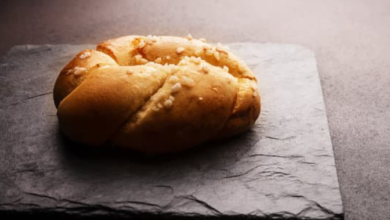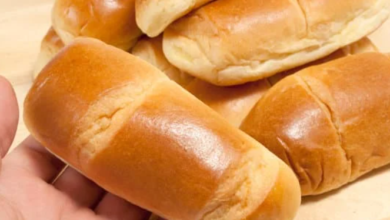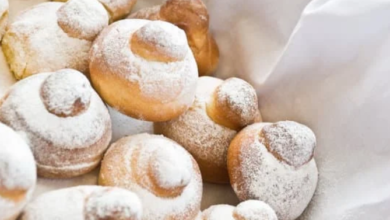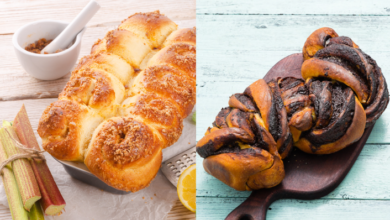Why Does My Brioche Bread Turn Out Dry?

What To Know
- Under-kneading, on the other hand, can result in a weak structure and a crumbly texture.
- Insufficient proofing can result in a dense, under-risen loaf, while over-proofing can lead to a deflated, dry brioche.
- Conversely, baking at too low a temperature can prevent the brioche from fully cooking, resulting in a soggy texture.
Brioche, the epitome of buttery, fluffy bread, is a culinary delight that tantalizes taste buds with its tender crumb and rich flavor. However, sometimes, the reality can be far from the ideal, leaving us with a dry, crumbly brioche that falls short of our expectations. To unravel this perplexing enigma, let’s delve into the potential causes that contribute to this bread-baking conundrum.
The Role of Ingredients: A Matter of Balance
Flour: The foundation of any bread, flour plays a crucial role in determining the texture of brioche. Using too much flour can result in a dry, tough crumb. Conversely, insufficient flour can lead to a sticky, undercooked dough.
Butter: The generous amount of butter in brioche is responsible for its signature richness and flakiness. However, excessive butter can hinder gluten development, resulting in a weak structure and dryness.
Eggs: Eggs provide moisture and structure to brioche. Too few eggs can lead to a dry crumb, while too many can create a dense, gummy texture.
The Importance of Technique: A Delicate Dance
Kneading: Proper kneading is essential for developing the gluten network in brioche. Over-kneading can toughen the dough, leading to dryness. Under-kneading, on the other hand, can result in a weak structure and a crumbly texture.
Proofing: Allowing the dough to proof adequately is crucial for yeast fermentation. Insufficient proofing can result in a dense, under-risen loaf, while over-proofing can lead to a deflated, dry brioche.
Baking: The temperature and duration of baking can significantly impact the moisture content of brioche. Baking at too high a temperature can scorch the exterior while leaving the interior dry. Conversely, baking at too low a temperature can prevent the brioche from fully cooking, resulting in a soggy texture.
Other Contributing Factors: The Devil in the Details
Yeast: Using old or inactive yeast can hinder fermentation, leading to a dry, dense loaf.
Water: The amount of water used in brioche should be precise. Too little water can result in a dry, crumbly texture, while too much water can make the dough sticky and difficult to handle.
Sugar: Sugar not only adds sweetness but also helps feed the yeast. Insufficient sugar can result in a slow rise and a dry crumb.
Troubleshooting Tips: Restoring Brioche’s Moist Embrace
Adjust the Ingredient Ratio: Revise the flour, butter, egg, and water proportions to achieve a balanced dough.
Master the Kneading Technique: Knead the dough gently but firmly until it becomes smooth and elastic.
Monitor Proofing Time: Allow the dough to proof in a warm, humid environment until it doubles in size.
Calibrate Baking Temperature: Bake the brioche at an optimal temperature to ensure even cooking and prevent dryness.
Check Yeast Activity: Ensure the yeast is active and fresh before using it.
Measure Water Accurately: Use a kitchen scale to measure the water to ensure precision.
Add a Touch of Sweetness: Adjust the sugar content to enhance fermentation and improve moisture.
Recommendations: Triumph Over Dryness
By understanding the contributing factors and implementing the troubleshooting tips outlined above, you can overcome the challenge of dry brioche and consistently achieve the tender, fluffy texture that defines this beloved bread. Let your next brioche-making endeavor be a testament to your culinary prowess, where every bite melts in your mouth with a symphony of buttery richness and moist delight.
Frequently Asked Questions
Q: Why did my brioche turn out so dense?
A: Over-kneading, insufficient proofing, or using inactive yeast could contribute to a dense brioche.
Q: How can I prevent the top of my brioche from burning?
A: Cover the top of the loaf with foil or parchment paper during the last 10-15 minutes of baking.
Q: Can I use margarine instead of butter in brioche?
A: While margarine can be used as a substitute, it may alter the flavor and texture of the brioche.





